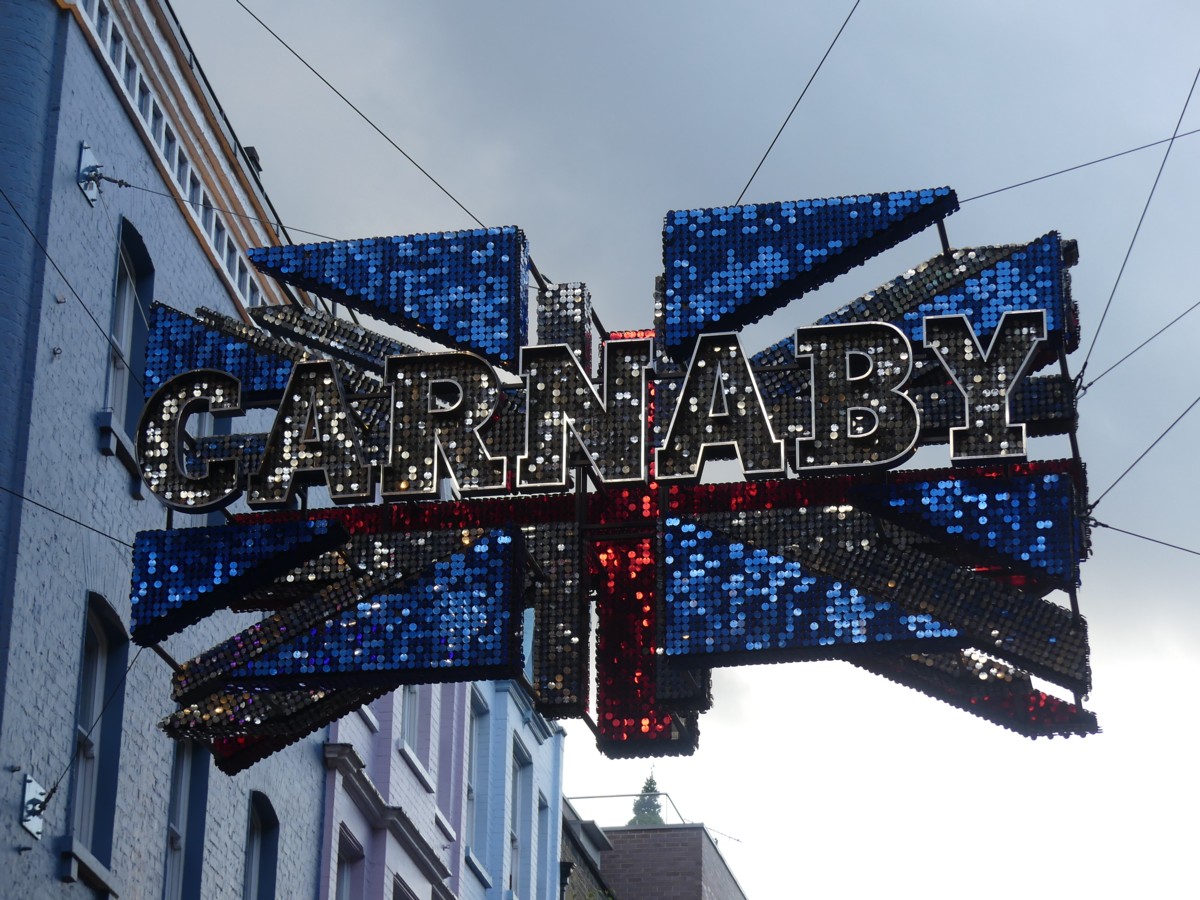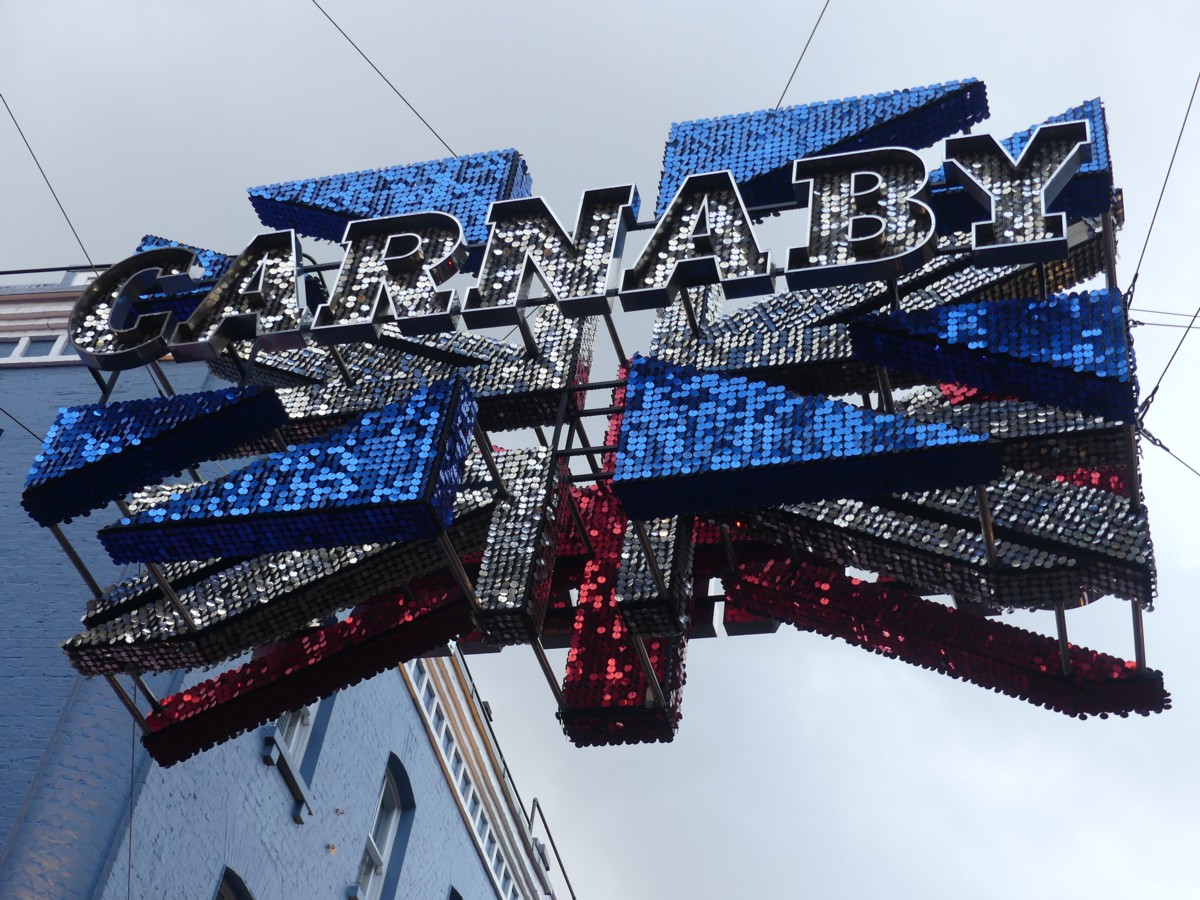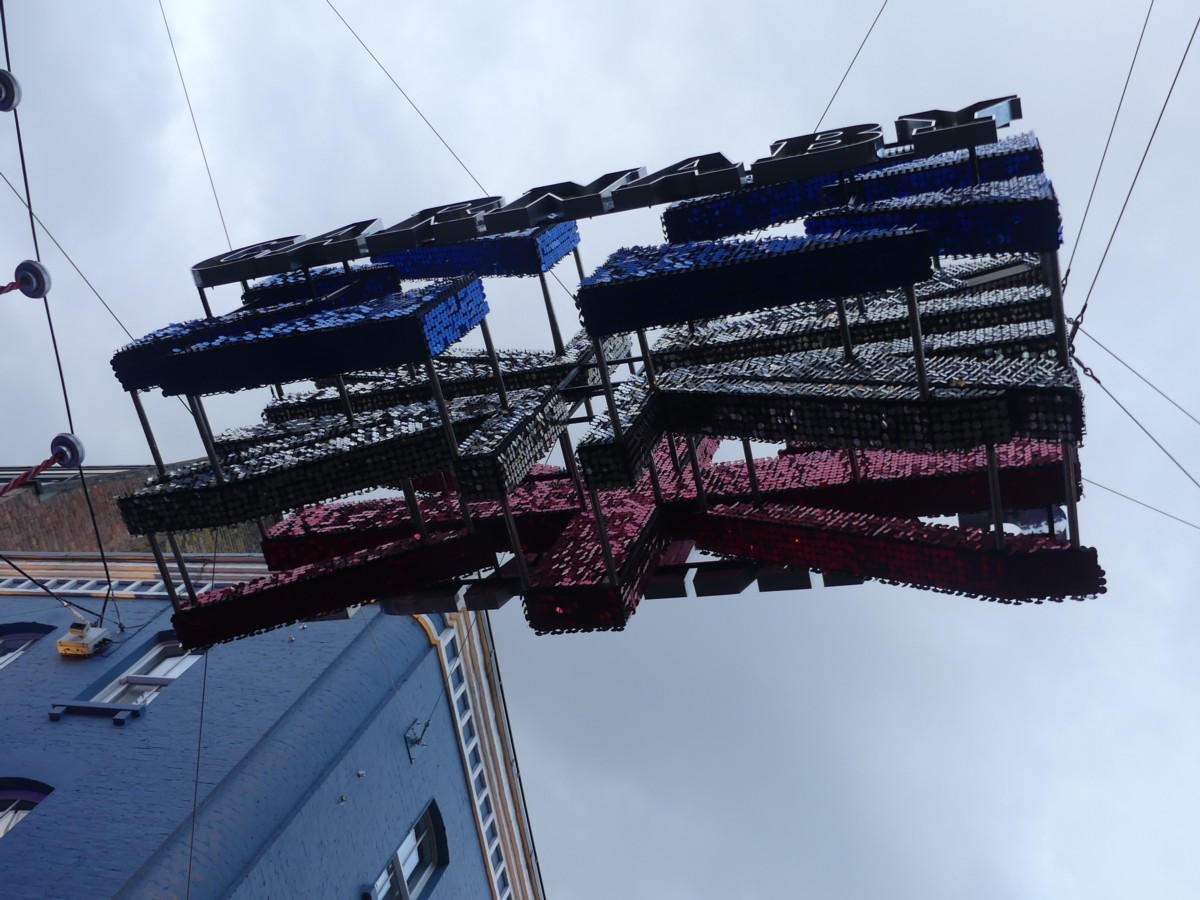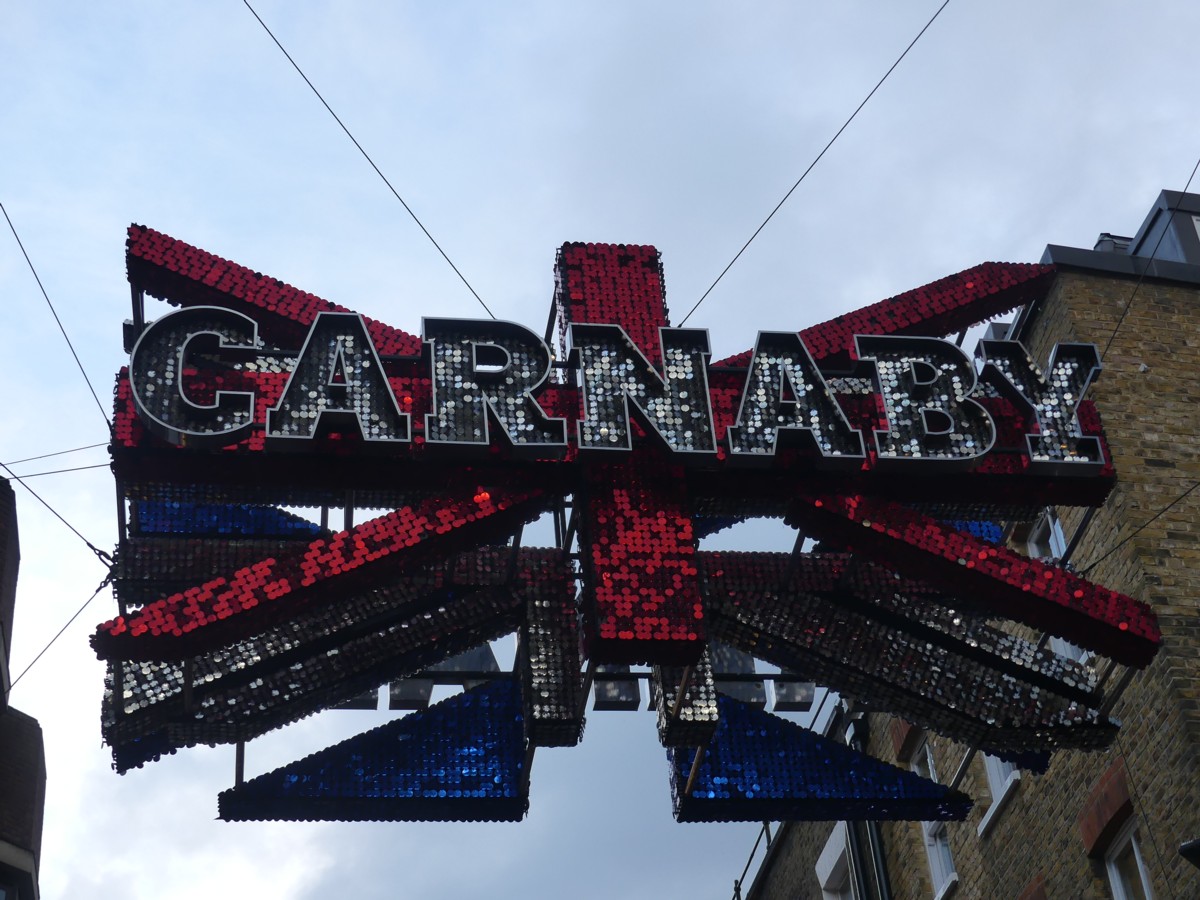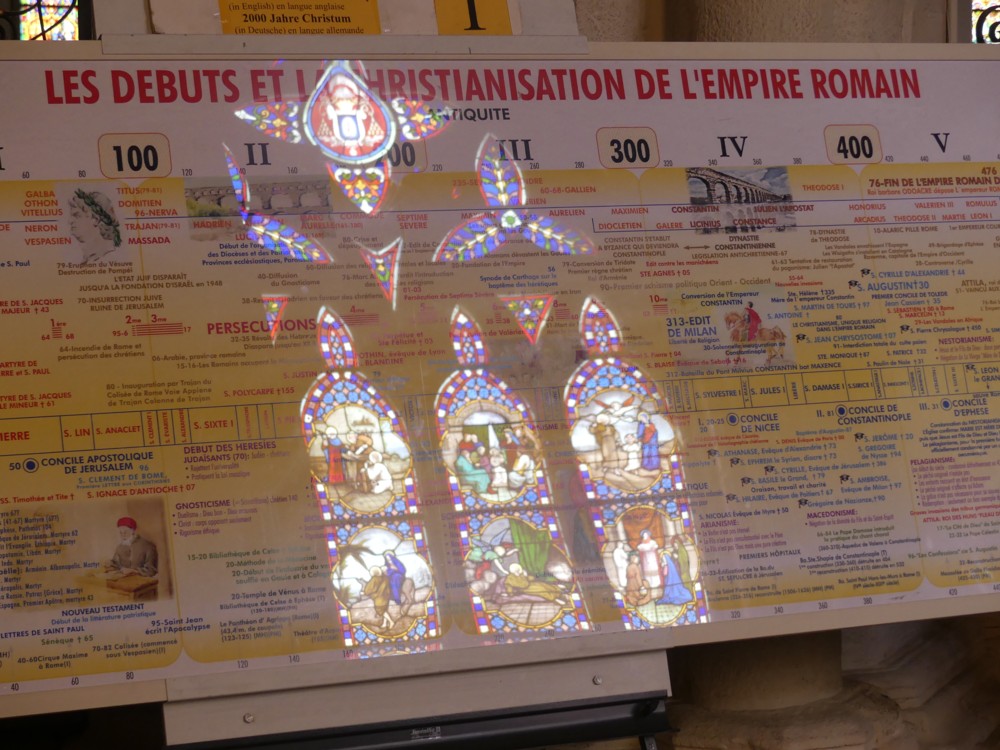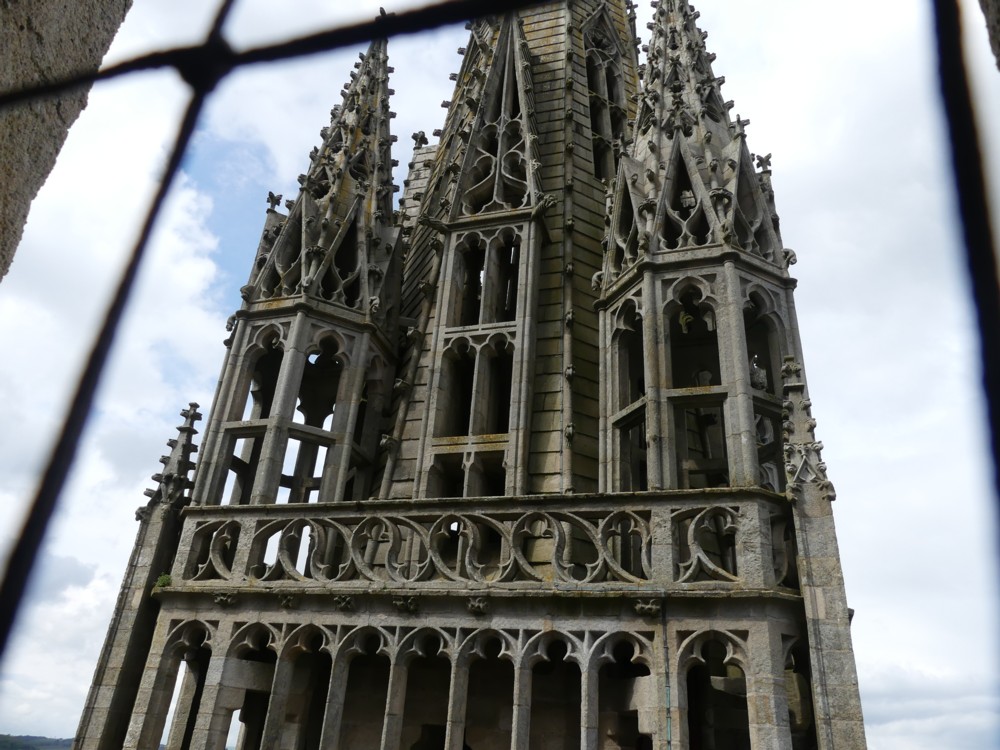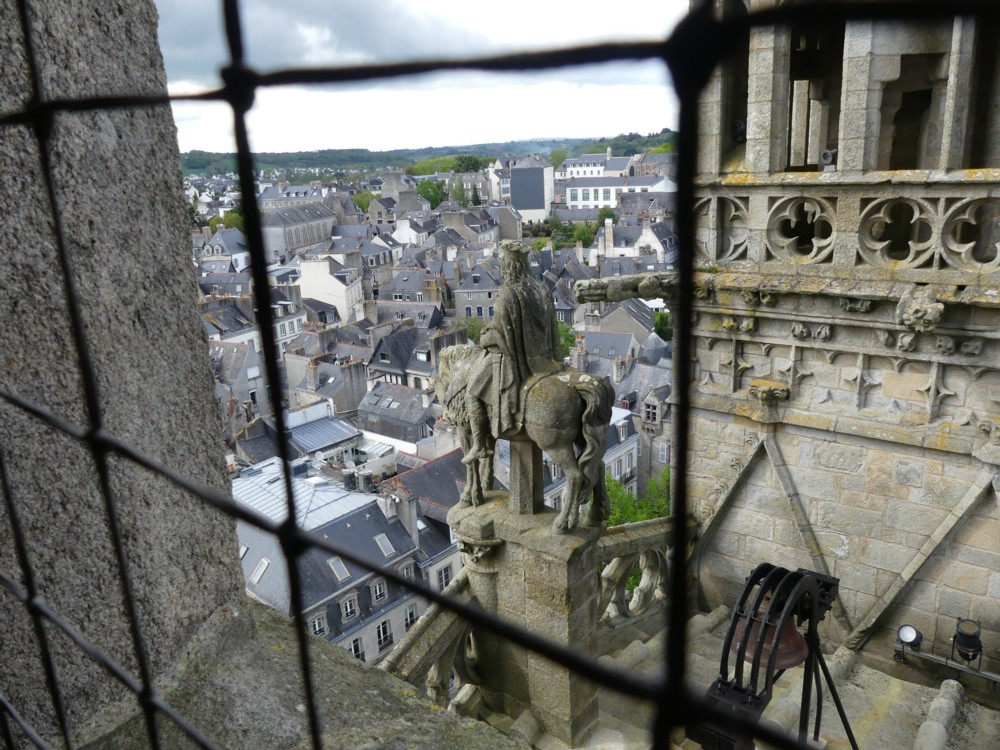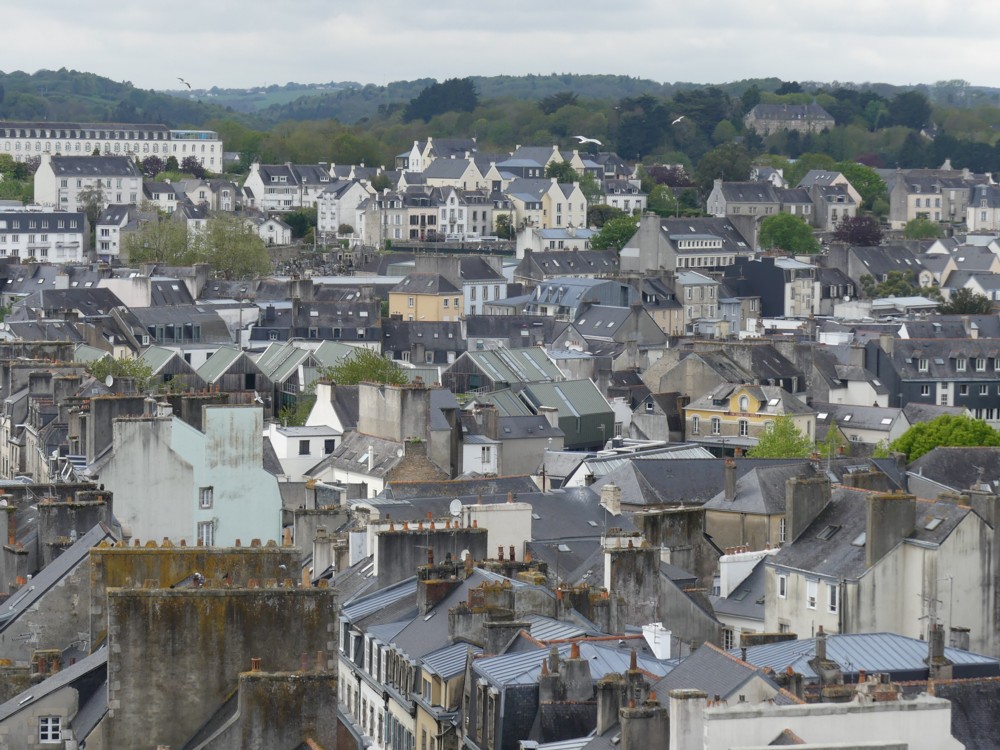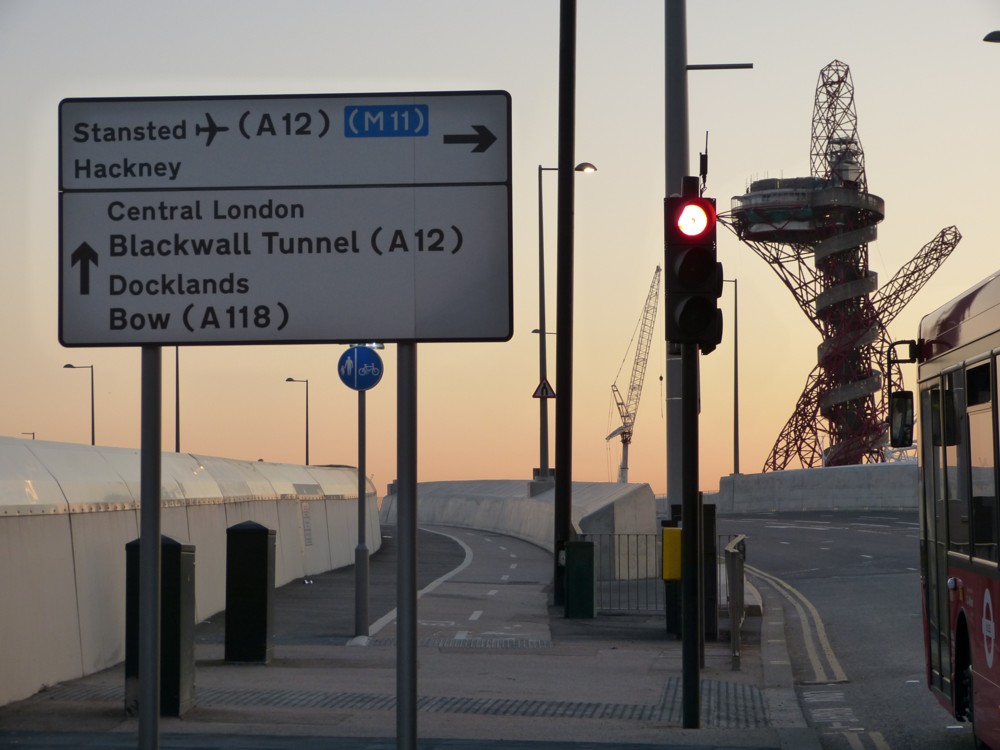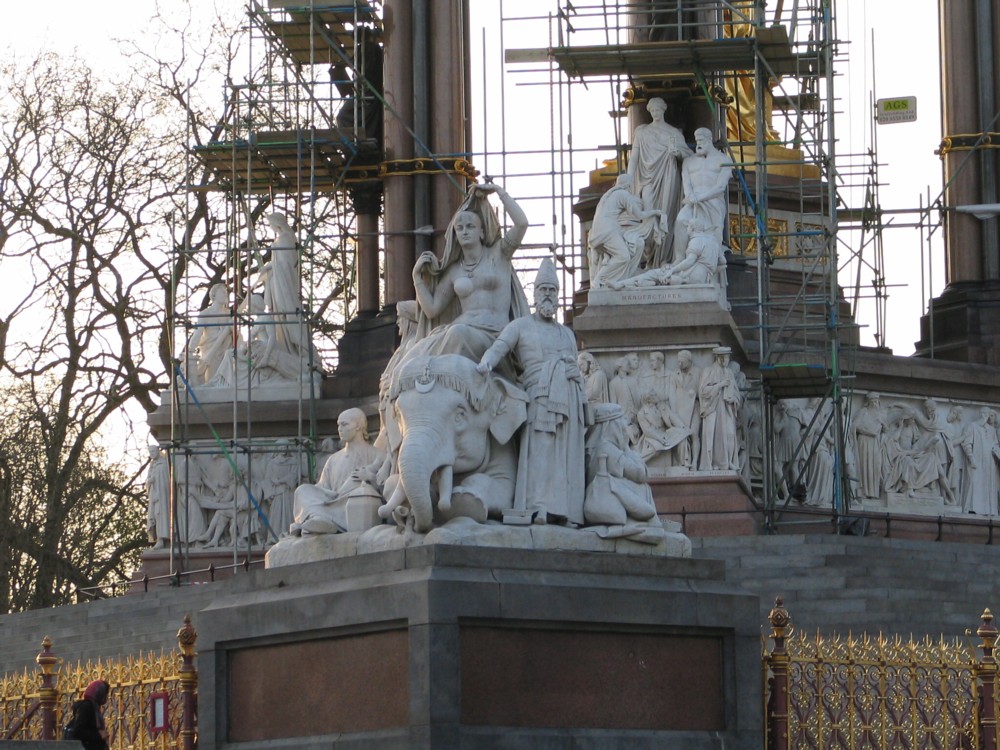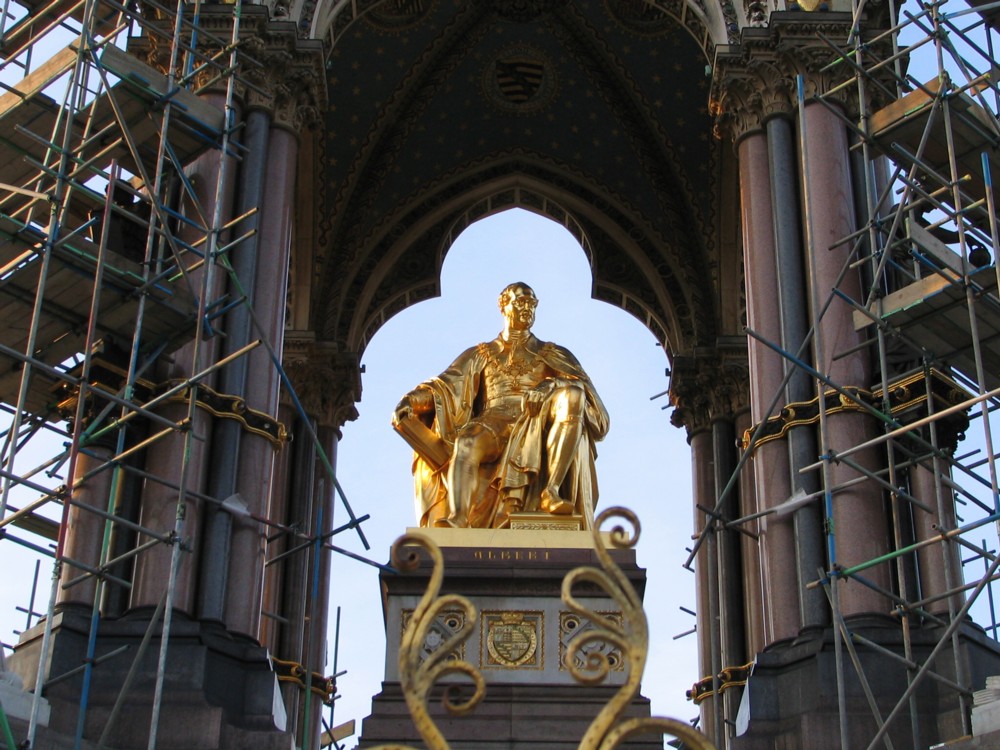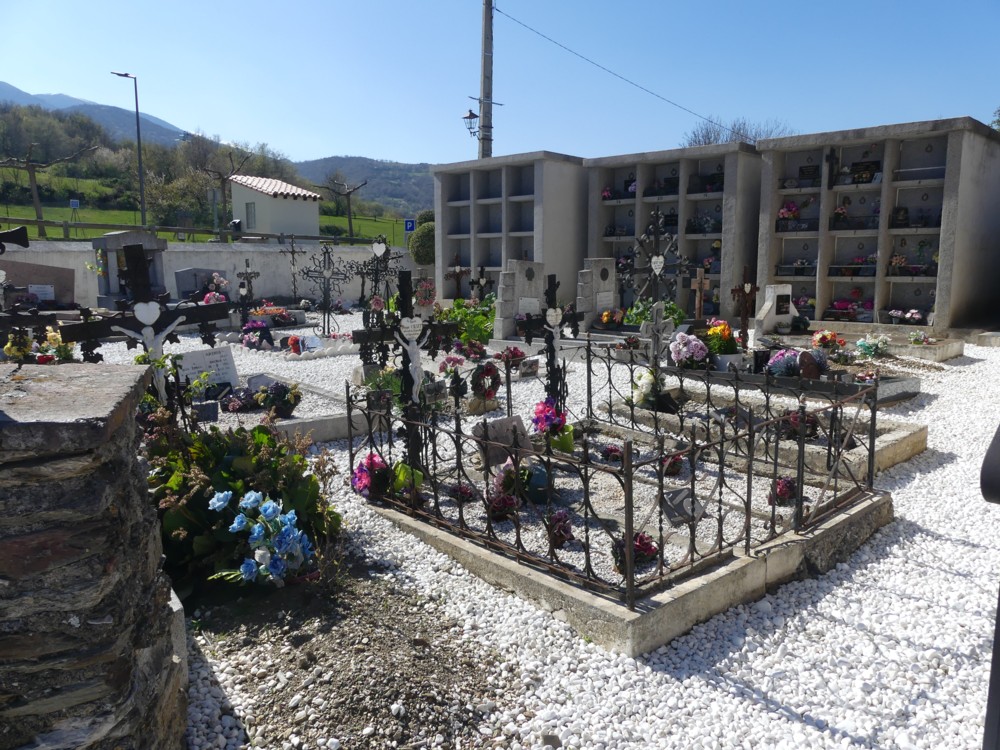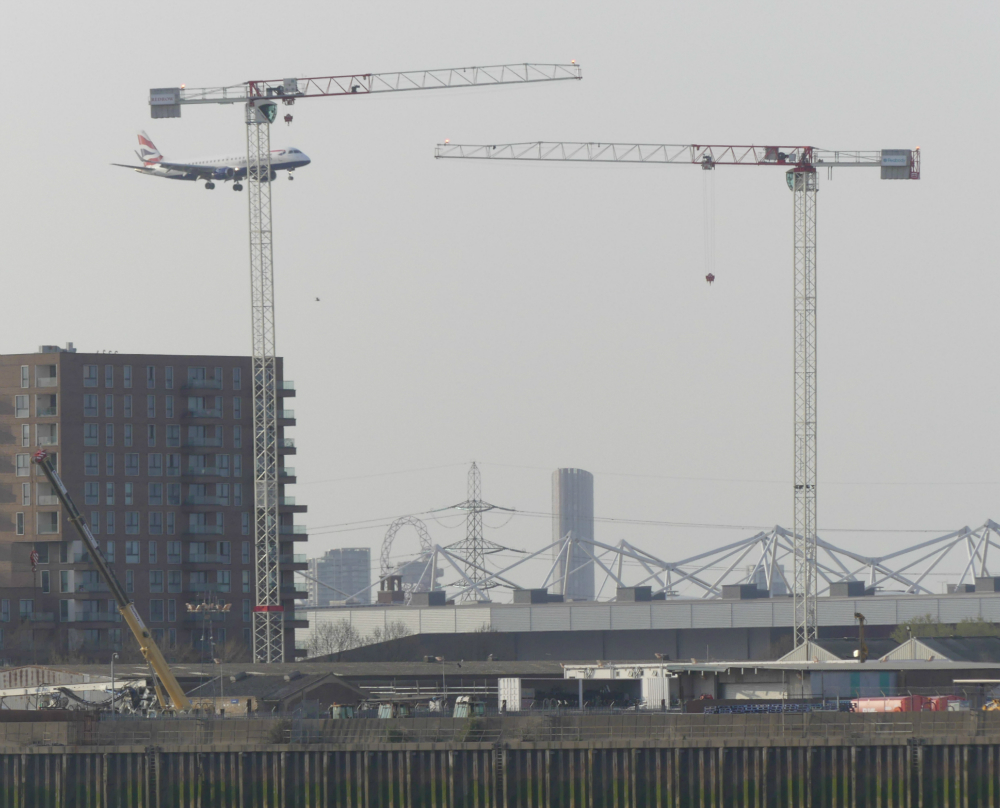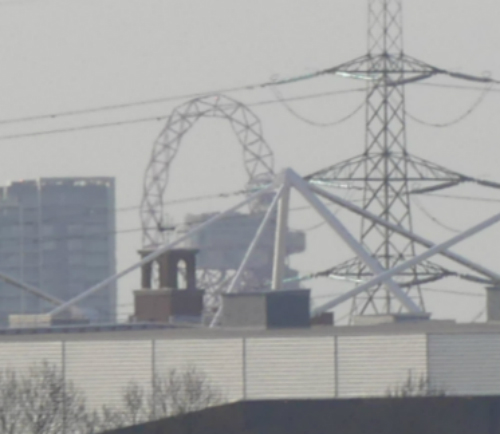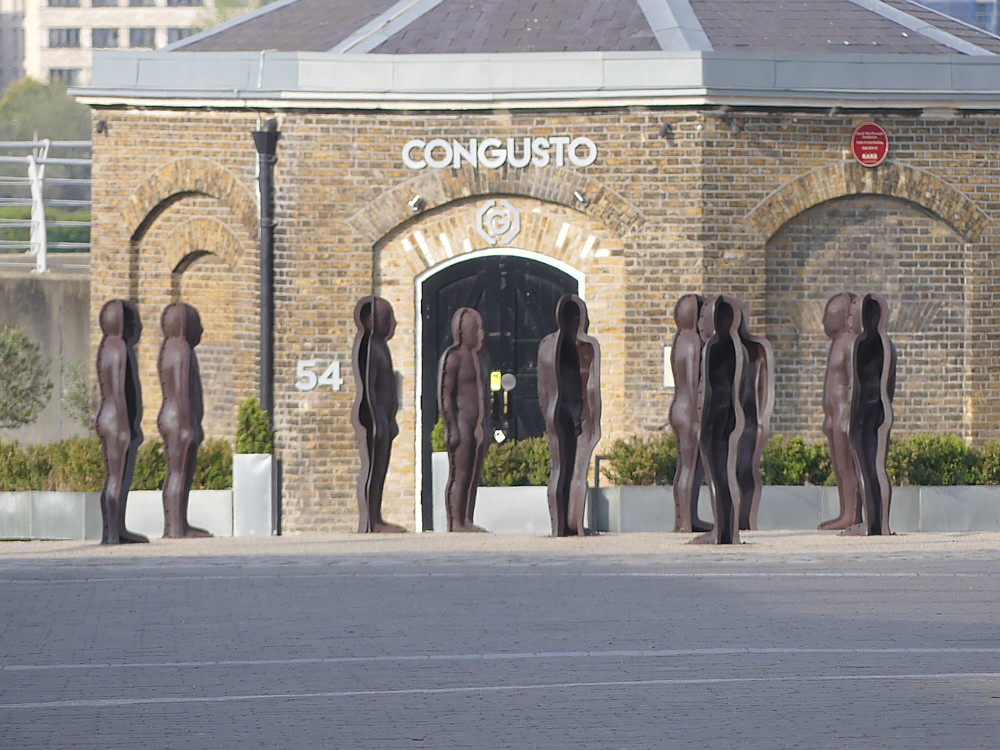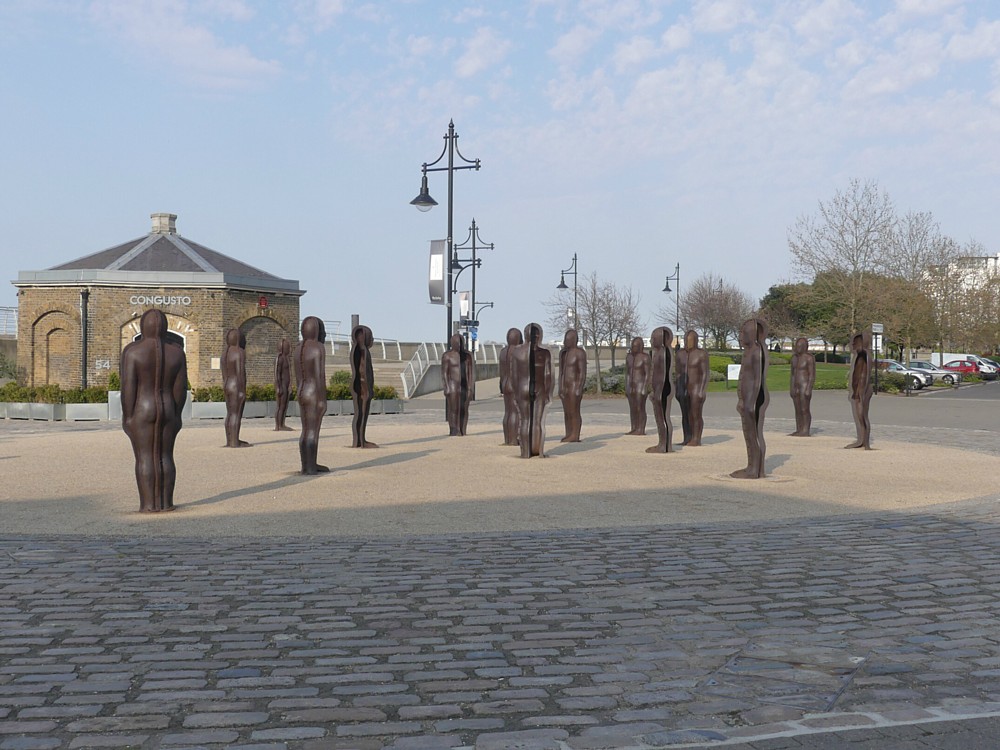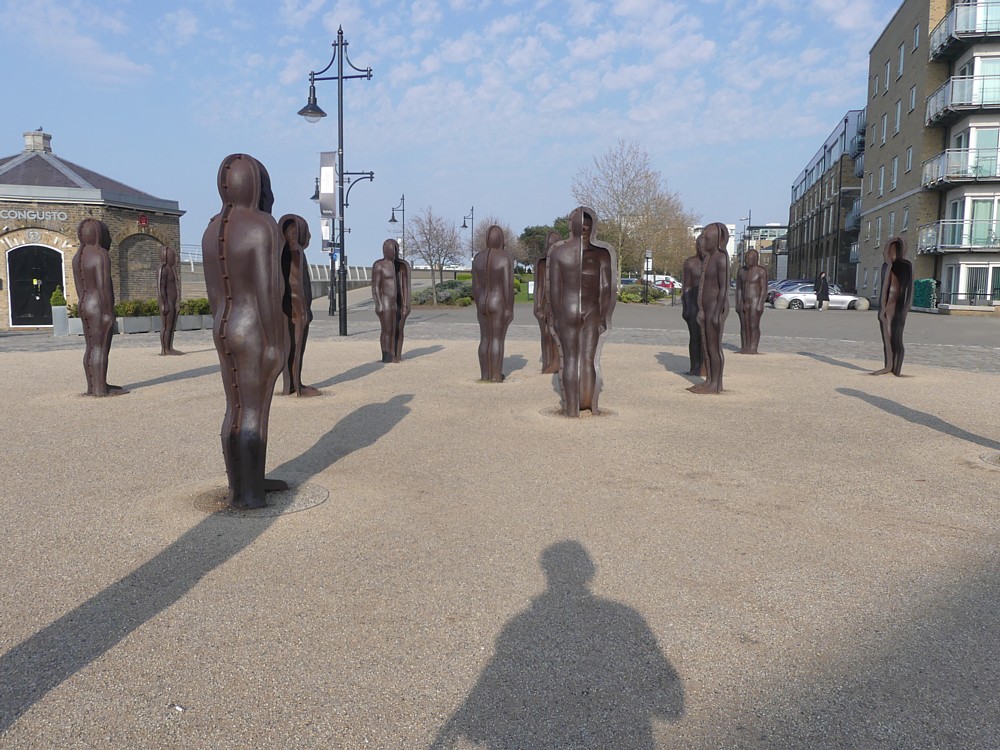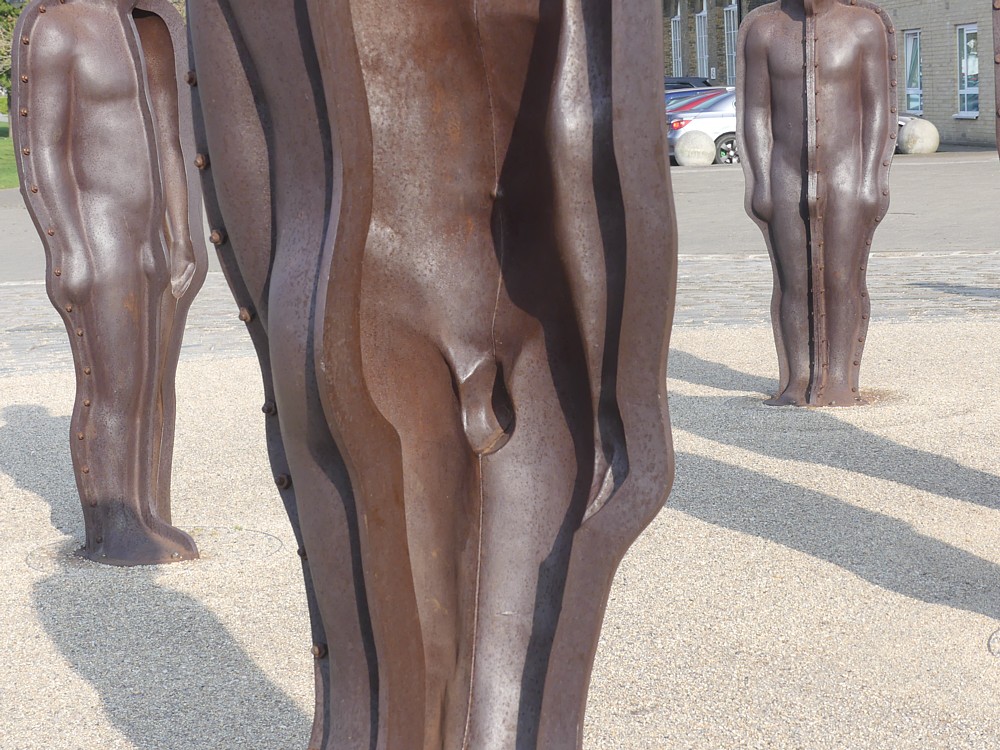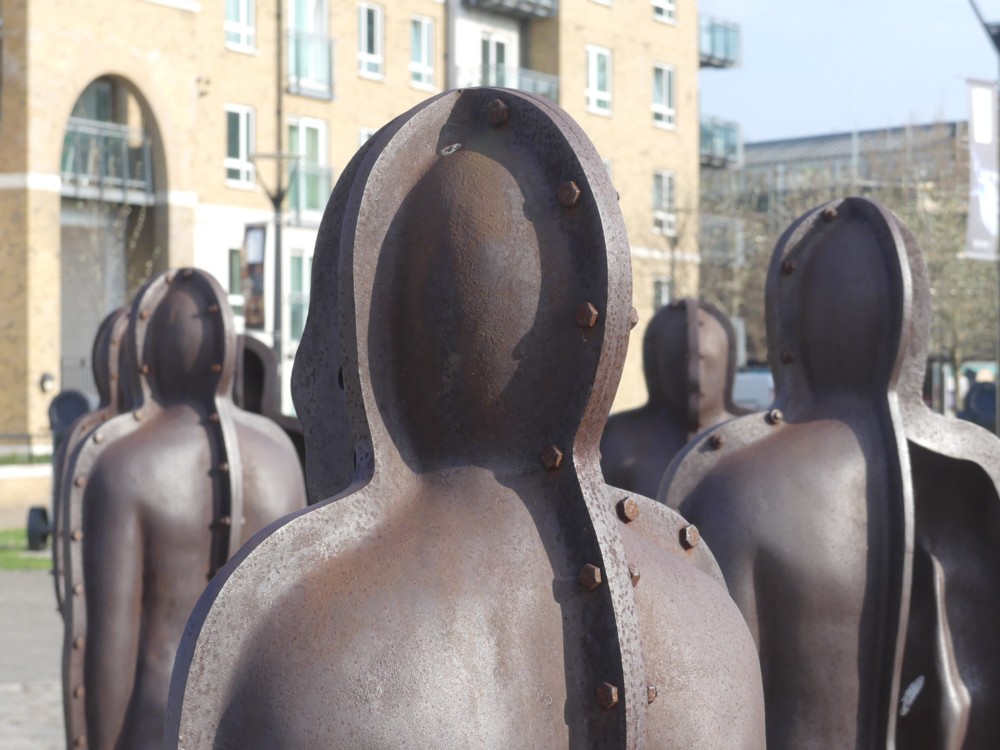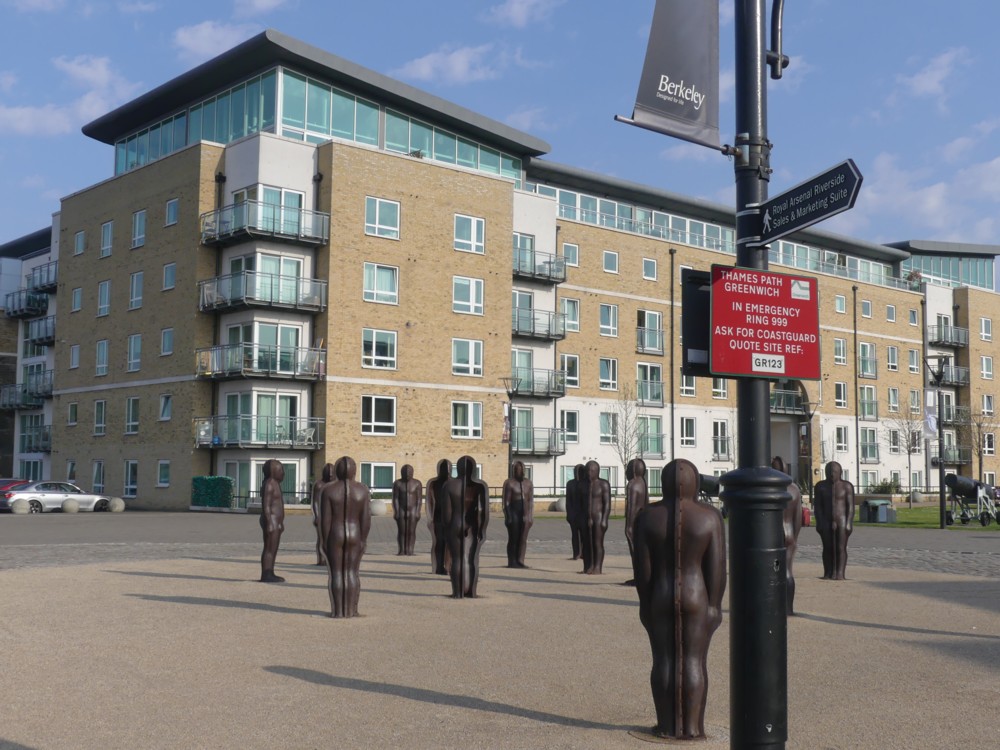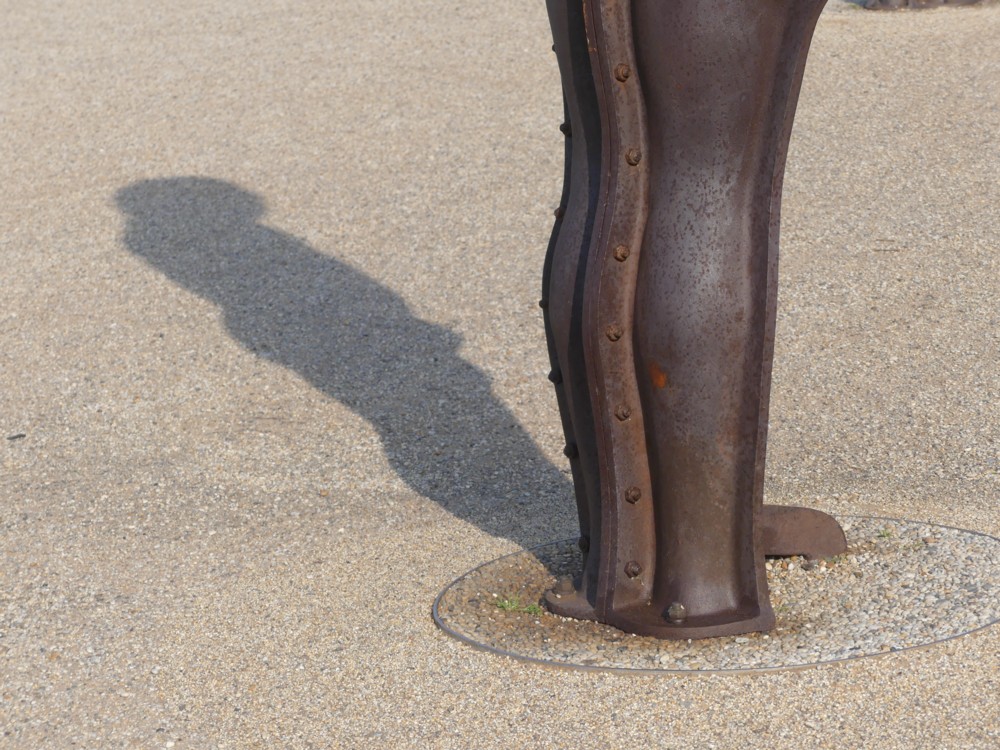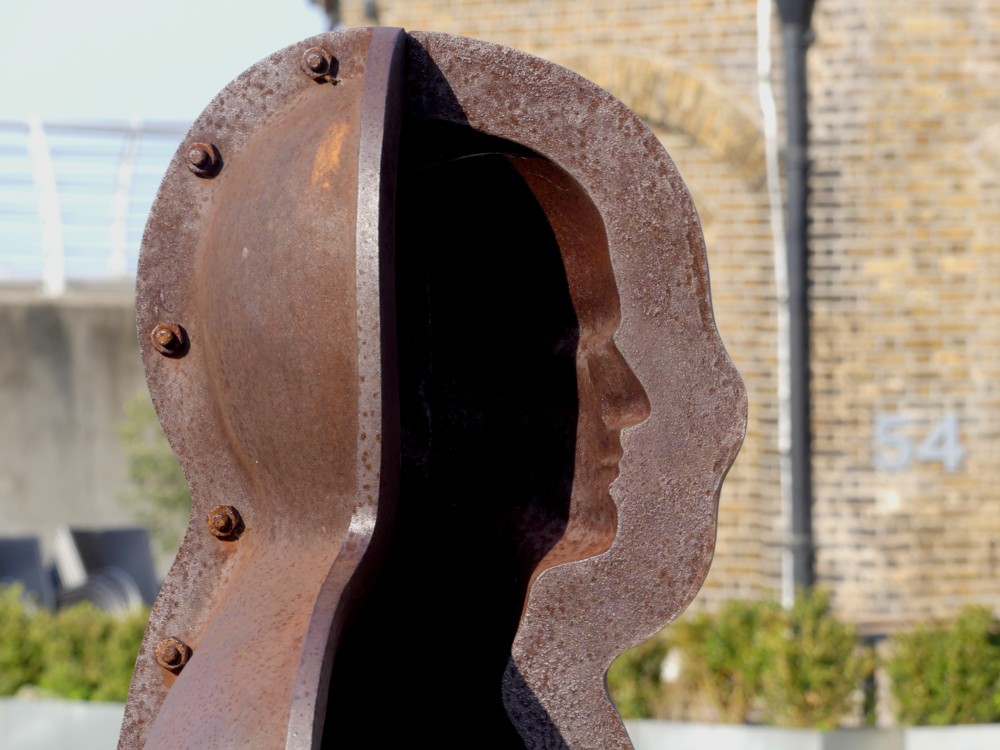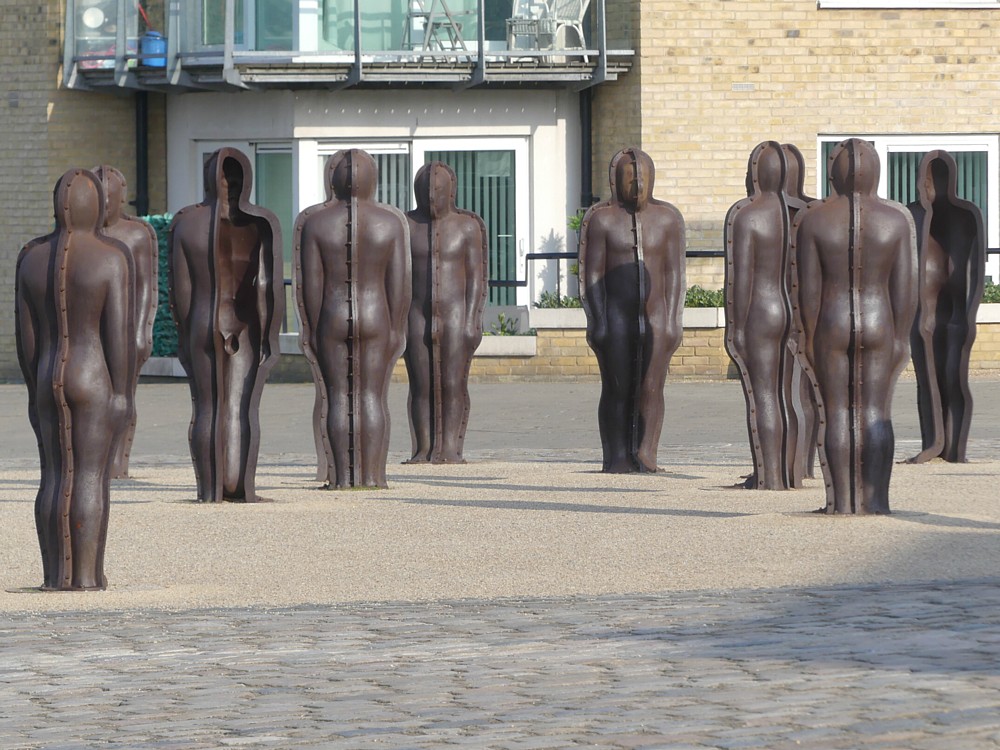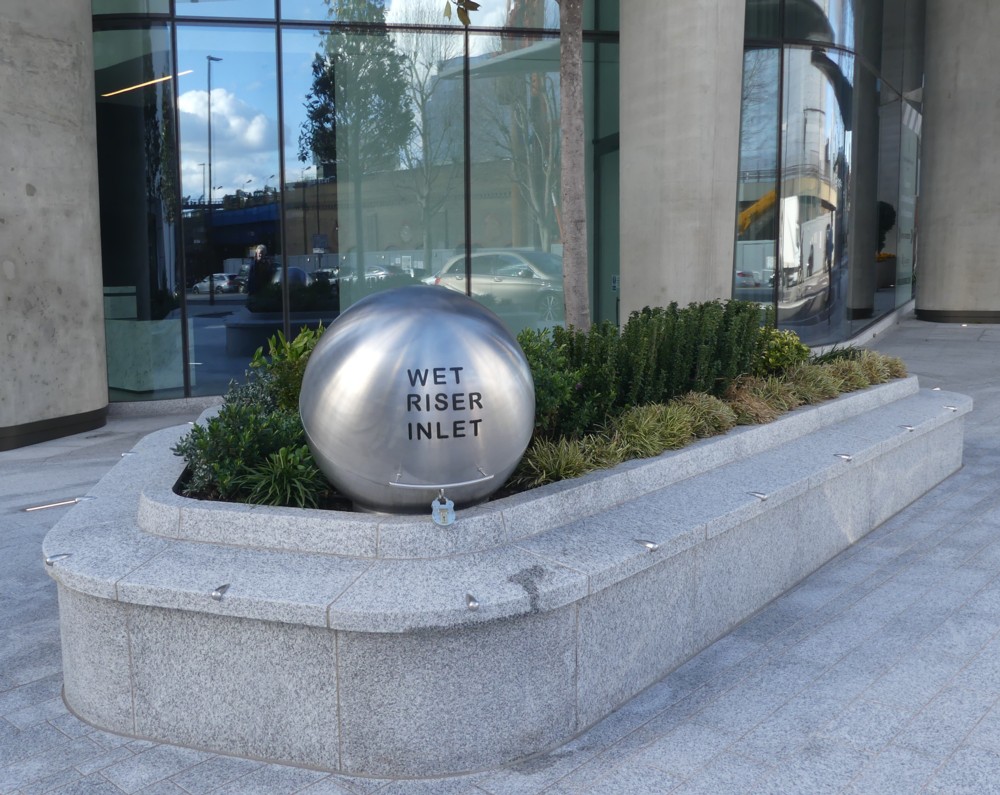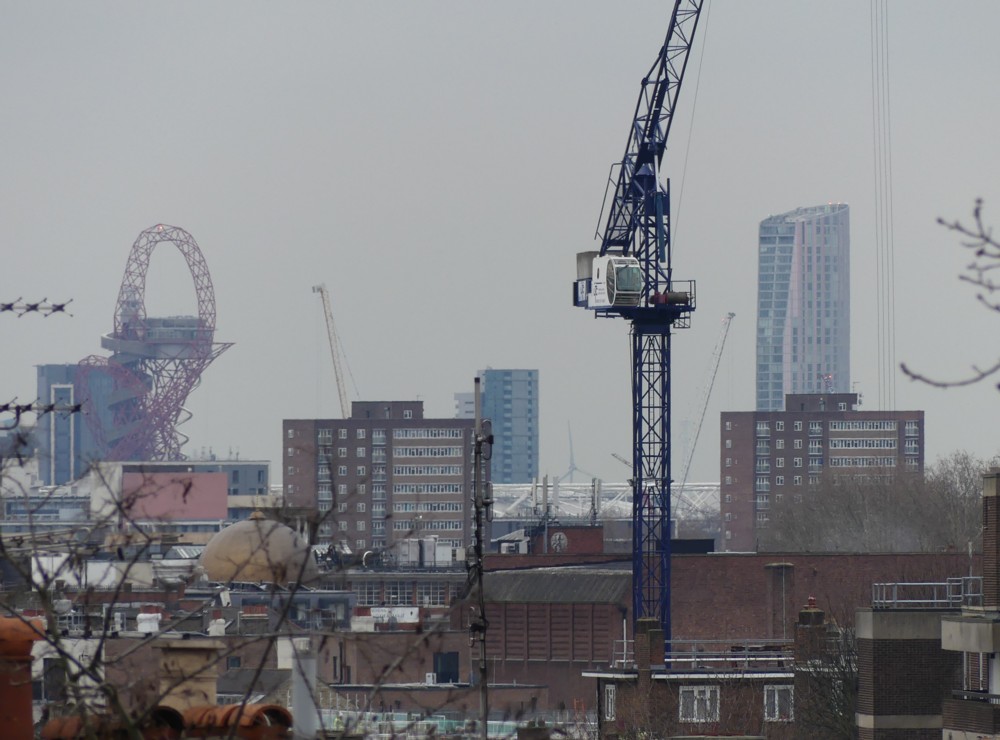“Gallery” being the way I now do those little clutches of photos that I’m so fond of doing.
Here one I photoed (x4), in a place in London that now apparently calls itself “Carnaby”. Last I heard, which was about thirty years ago, there was only Carnaby Street. But now the name has spread, thanks to all the name recognition that has attached itself to “Carnaby”, over the years.
Sticking those four photos up here is about as complicated as sticking up just one photo on the old blog. Whereas on the old blog, this would take about a quarter of a day. So, I’m a happier blogger than I was. And that is bound to mean that all you massed ranks of readers of this blog will get happier, because happiness is contagious. And you will be happier for a more tangible reason, which is that you can now click on one of these photos, and then click on the arrows at the side to see all the others, with just three more clicks.
As for the sparkly Thing itself, well, I like it a lot. Ever since the Scottish Referendum, when it looked like the Union Jack could be about to die, I have admired the Union Jack itself. Actually, way before then, but especially from then on. It’s suck a distinctive thing, and will survive endless reworking and reinterpretation.

